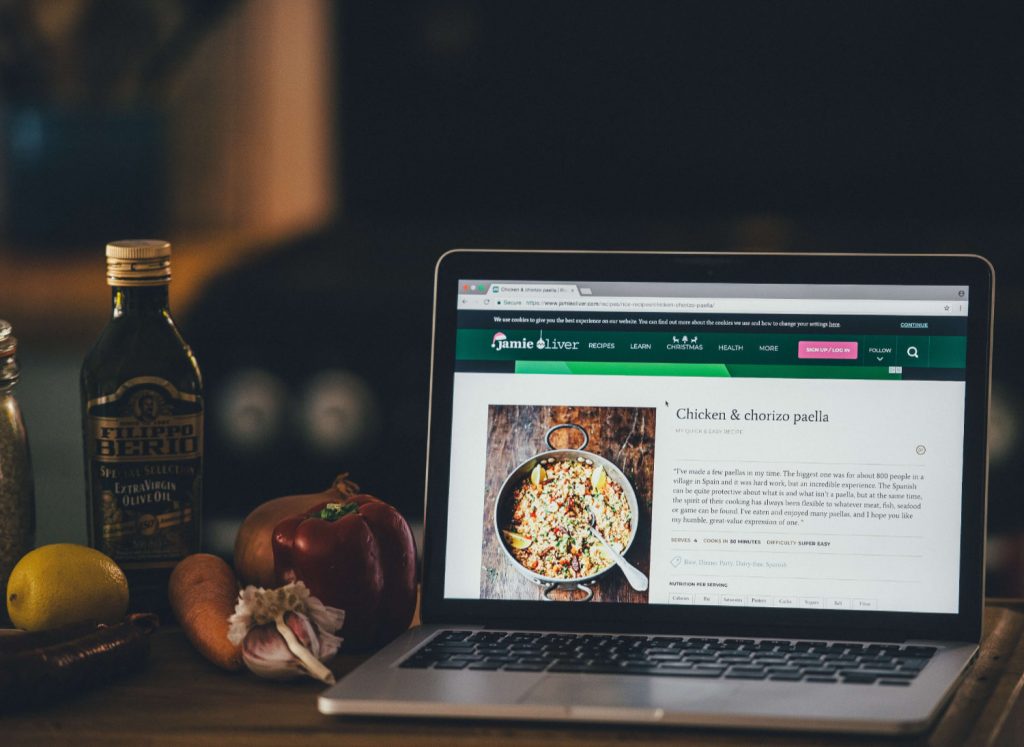
What do readers ultimately want when they visit your blog?
Nearly every time, it’s to find and make a recipe.
So, how easy are you making it for readers to accomplish that task?
Many factors go into how you decide to structure your blog post. And often, those decisions are heavily influenced by SEO and advertising concerns.
But, be sure to remember that the key to keeping your readers happy is to make it crazy simple to achieve their ultimate goal, which in this case is to make the recipe.
Task Completion
In Google’s UX HEART framework, the last metric for measuring the user experience is “Task Completion.”
For readers of food blogs, often there are two tasks the reader is trying to accomplish.
The first is to find the recipe and assess if it’s something the reader wants to make. And the second is to actually make the recipe.
On the first task, how easily can someone decide if they want to make the recipe? Does your recipe list ingredients readers can understand and use? How long does it take to make? Is it actually the type of recipe your reader searched for? All these questions, among others, are on the reader’s mind.
On the second task, making the recipe, how easy do you make that to achieve? Sometimes the reader will make the recipe right away, but often they will come back later.
So, how easy is it for them to find the recipe again or save it? And once they are actually making it, are the ingredients and instructions written and formatted in a way that makes it easy-to-use?
Keeping these two of goals in mind will help you get in the brain of your reader.
What a recipe card needs
To come up with an amazing recipe card, I suggest drawing on principles from Moreville’s UX Honeycomb. Each of these four areas below need to be given special consideration for your recipe card.
FINDABLE
This is often the main complaint of a food blog user. “Where is the recipe?”, is a common refrain.
These tips will help you make your recipe card findable:
- Use a “Jump to Recipe” button at the top. Make it prominent and clear. Don’t assume your reader will know to look for it.
- Make the recipe card distinguishable from the rest of the page by using a bold border or different background color.
- Keep in mind the length of your post, both with images and text. Word count is not an actual SEO factor. And no one wants to see nine very similar photos of the same dish.
USABLE
Can the recipe card be used? This can take two forms, the design and the actual recipe itself. Since I’m not a recipe developer, most of these tips focus on the design.
- Is there enough contrast between the font color and the background color?
- Are the instructions broken out into small paragraphs?
- Tip: Add the ingredient amounts into the directions so readers don’t have to scroll back and forth from the directions to the ingredients each time.
CREDIBLE
What goes into making a recipe look credible? Much of it is about the overall presentation, but here are a few specifics:
- Does the recipe author name link to your bio?
- Do you spell ingredients correctly?
- Do you talk about ingredients, tools, and techniques in an informed way?
ACCESSIBLE
Can someone who has a disability use your recipe card? This goes hand-in-hand with being usable, but has some differences. Here are a few basics to keep in mind.
- Is the color contrast of fonts on the background enough so people that can’t see well can still see it?
- Does the recipe card image use an alt-tag.
Summary
Remember that 99% of the time, your reader is there for the recipe. Make sure it’s easy to find and use and you’ll keep your readers happy, engaged and wanting to come back for more.




